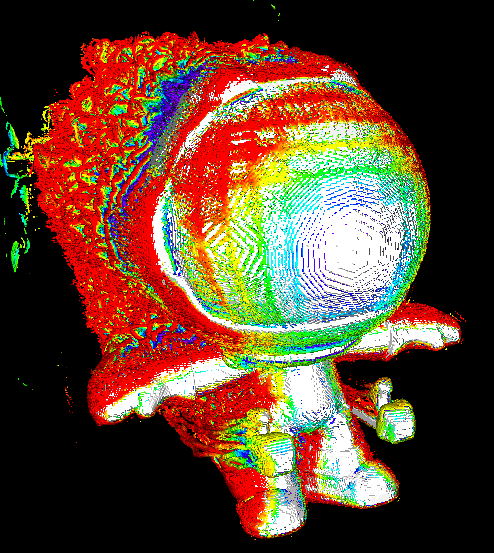my reasoning: the actual colors we can see -> the wavelengths that we can extrapolate to -> basically extrapolated wavelengths plus an ‘unpure-ness’ factor -> not even real wavelengths (ok well king blue and maybe lavender if I’m being generous could be)


I don’t think this makes sense, all colors are real… except the mental illnesses, beiges and sepias.
well these ones specifically are displayed on your monitor (which can only display red, green, and blue) so they actually aren’t real
your eyes are being tricked into thinking there’s yellow for example, when there’s really only red and green, this is because we can’t really see yellow, we can just guess that its there based on the relative red-ness and green-ness of the light
However, it is very lucky for monitor manufacturers that we’re so easily ‘fooled’
Isn’t violet / purple the made up one ?
That’s not really true, we can definitely see yellow light. Red receptors and green receptors are both sensitive to it, which your brain correctly interprets as yellow.
yea, if there is a single wavelength and its yellow we could see it. However, if you had a full spectrum of light and took away all of the yellow but added some red and green you wouldn’t be able to tell that there’s no yellow, because we can’t see yellow, only imply it from the red-ness and green-ness
i’m pretty sure you couldn’t pull off the same trick with red, green, or blue but I guess I don’t really know